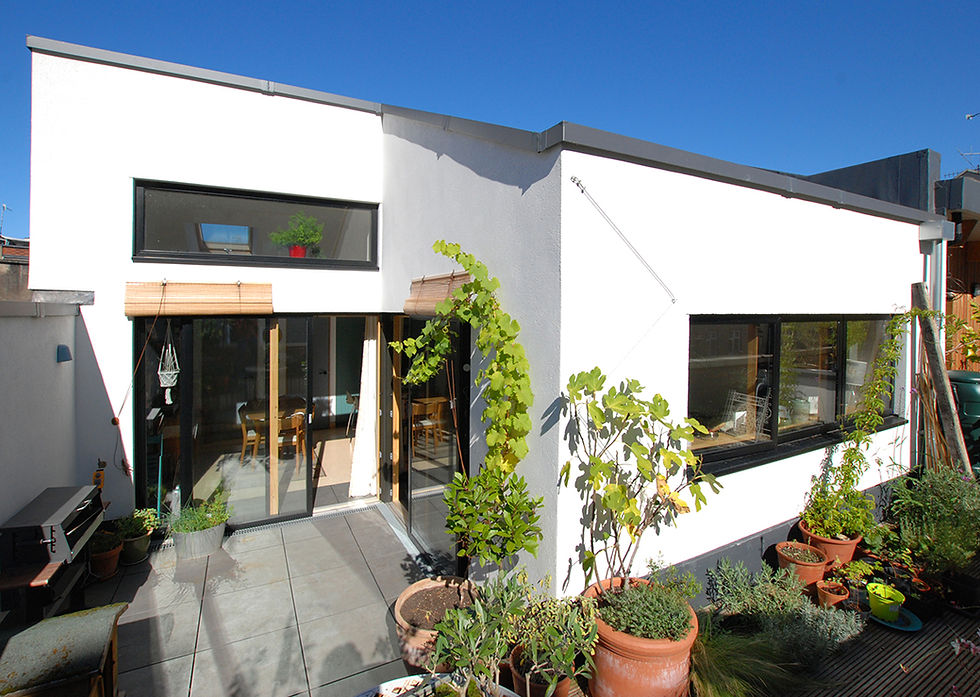What is Passivhaus?
The Passivhaus Standard was developed in Germany in the early 1990s and is now a leading assessment method and design methodology for energy efficient buildings. It is one of the best ways of proving that a project meets very high sustainability standards.
The standard focuses on reducing the energy consumption (heat loss) of a building by having high levels of insulation, high quality windows and doors, together with an ‘air-tight’ construction which uses mechanical ventilation and heat recovery. All of these things help to ensure that heat generated within the building stays inside for as long as possible.

Advantages of Passivhaus
Beyond energy consumption, the standard has many other advantages for the for the user of a passivhaus building. Occupants record higher levels of comfort due to the prevention of drafts and more stable internal temperatures and ventilation rates. High levels of insulation means that there is much less risk of condensation forming on internal surfaces which can lead to mould growth and respiratory problems.
How to get Certified?
In order to be certified as a Passivhaus, a building must meet all of the requirements established by the Passivhaus Trust. This involves modelling the proposed design in a software package (known as PPHP) to ensure that it meets the necessary standards for heat loss. Further documentation, including construction drawings and photos during construction are then issued to a registered Certifier for completion.
Project Focus
Wellington Lane in was an eco house project in Bristol which adopted Passivhaus principles. I led the project from concept to completion, gaining planning consent and producing the necessary technical drawings for the project. I remained in close contact with the contractors Earthwise Construction throughout the construction process in order to monitor air-tightness, thermal bridges and respond to technical queries as they arose.
In this case the client chose not to pursue the full certification for the project, but the principles and methods were adopted in full. 4 years later, the clients remain very happy with how the design has reduced their energy costs and keep the house warm and cosy throughout the year.










